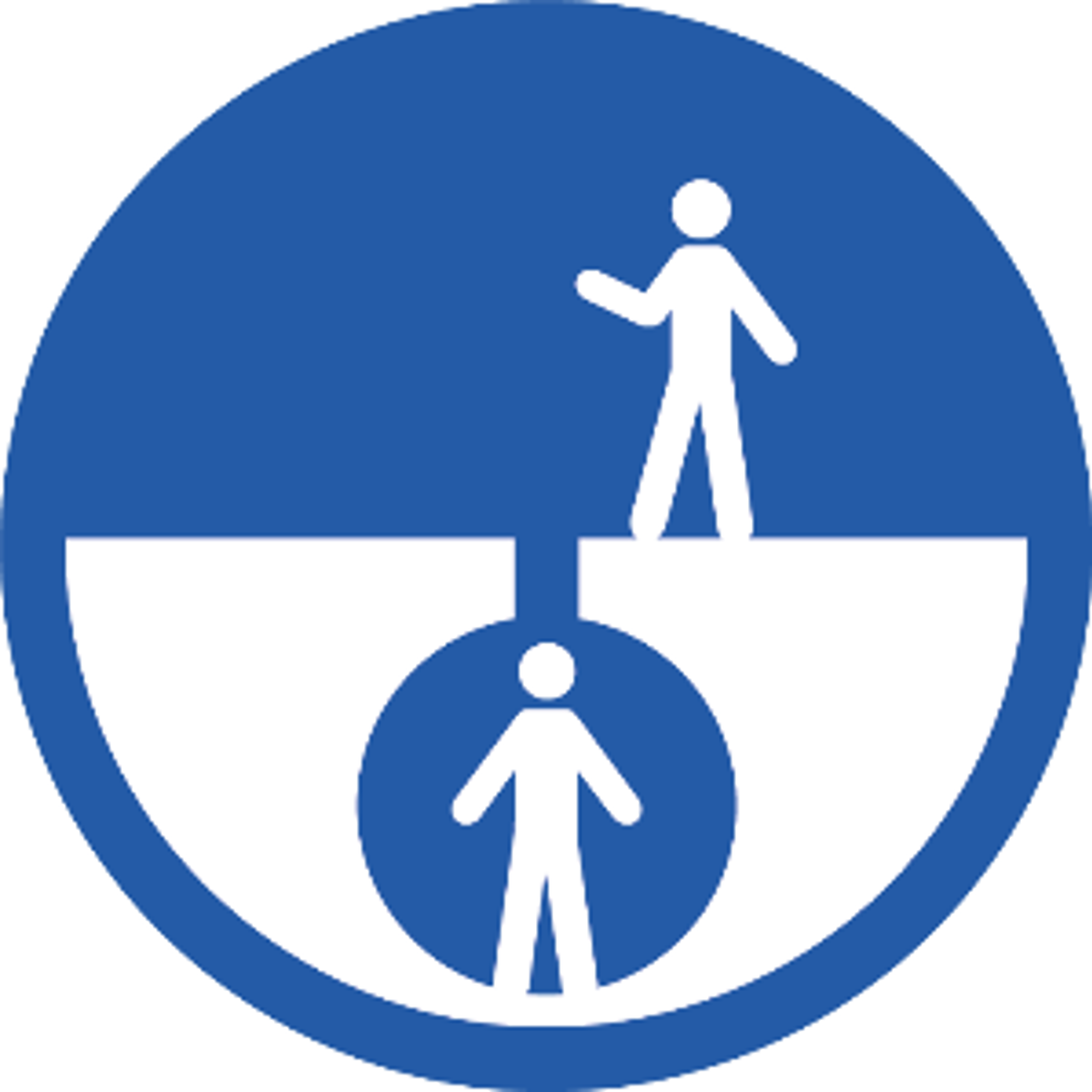Confined space entry: Worker died inside pump room
- Safety Flash
- Published on 28 January 2019
- Generated on 20 December 2025
- IMCA SF 01/19
- 2 minute read
Jump to:
The Singapore Tripartite Alliance for Workplace Safety and Health (WSH) has published an alert notification relating to the death of a worker inside a pump room

What happened?
The incident occurred when six workers were dismantling valves in the pump room of a marine vessel. The workers smelt fumes. All the workers managed to evacuate from the pump room except for one who had lost consciousness. He was brought out from the pump room later and pronounced dead at the scene by attending paramedics.
Actions
Contractors performing similar work activities are advised by WSH to:
- Take the necessary precautions to protect their employees when working inside an enclosed environment (the pump room in this case).
- Put in place adequate atmospheric ventilation to maintain oxygen levels and keep airborne concentrations of toxic vapours below their respective permissible exposure limit.
- Where the provision of adequate ventilation is not possible, suitable respirators or other breathing apparatus must be used so that the work can be carried out safely.
- Pipelines containing hazardous material should also be suitably isolated, depressurised and purged prior to being dismantled.
- Should there be a possibility of the pipeline containing residual hazardous materials, personal protective equipment including safety helmets, face shields, safety boots and chemical-resistant clothing, aprons and gloves must be worn.
The Singapore authorities have begun investigations. The alert can be found here.
IMCA Safety Flashes summarise key safety matters and incidents, allowing lessons to be more easily learnt for the benefit of the entire offshore industry.
The effectiveness of the IMCA Safety Flash system depends on the industry sharing information and so avoiding repeat incidents. Incidents are classified according to IOGP's Life Saving Rules.
All information is anonymised or sanitised, as appropriate, and warnings for graphic content included where possible.
IMCA makes every effort to ensure both the accuracy and reliability of the information shared, but is not be liable for any guidance and/or recommendation and/or statement herein contained.
The information contained in this document does not fulfil or replace any individual's or Member's legal, regulatory or other duties or obligations in respect of their operations. Individuals and Members remain solely responsible for the safe, lawful and proper conduct of their operations.
Share your safety incidents with IMCA online. Sign-up to receive Safety Flashes straight to your email.